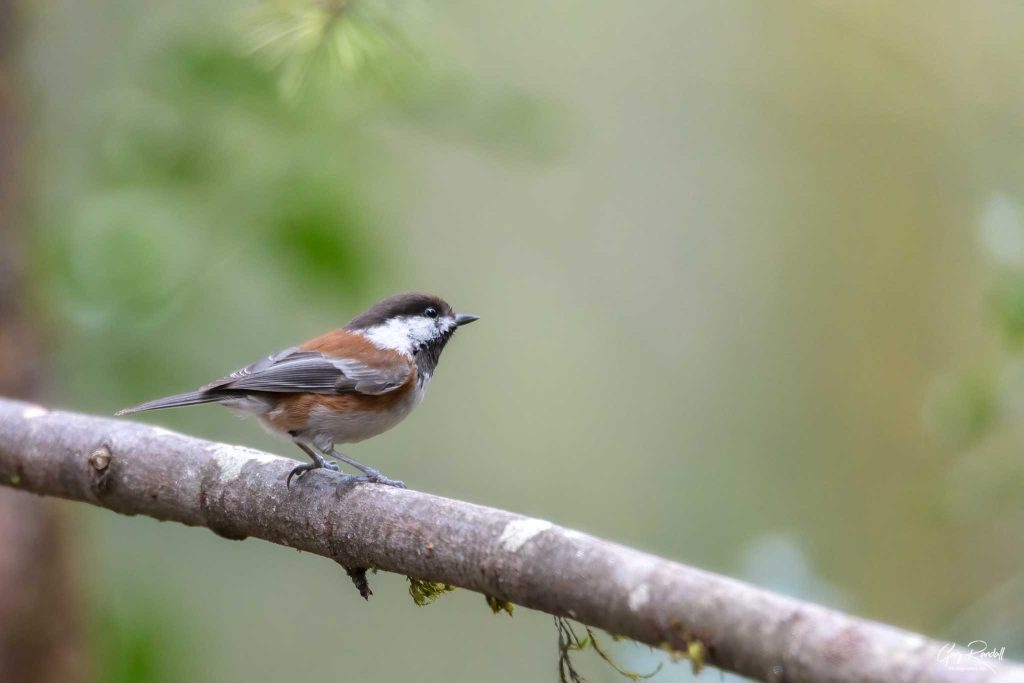Photographing Our Feathered Friends in Oregon
Spring is arriving slowly in Oregon, but that hasn’t stopped me from getting my camera out. As I write this at the end of April, the Columbia River Gorge is still behind on its usual bloom. Trilliums are just beginning to show, and the occasional snow shower reminds us that winter hasn’t completely let go. It’s also when I resume Backyard Bird Photography.
But despite the lack of wildflowers, something wonderful is happening—the birds are back.

A Spring Return of Familiar Visitors
Lately, I’ve been spending time photographing the birds that visit my yard. Some of the regulars include:
- Dark-eyed junco
- Rufous Hummingbird
- Chestnut-backed chickadee
- Varied thrush
- Red-breasted nuthatch
- Crows and Steller’s jays
But my favorites? The cute little downy woodpeckers.

Woodpeckers of the Forest
Oregon’s forests are home to several woodpecker species, and they’re always a joy to observe. The pileated woodpecker—with its jungle-like calls and rhythmic knocking—echoes through the trees. I’ve only been able to coax them closer to the yard during particularly hot, dry stretches, usually with the help of a well-placed bird bath.
We also have northern flickers, which often make their presence known by drumming on metal chimneys or roof ridges—usually an hour before you want to be awake.
The smaller downy woodpeckers are much more social. If you hang a suet block in your yard, you’ll likely be rewarded with a visit. Males have a patch of red on their heads, while the females do not. They creep up and down tree trunks, making soft little squeaky calls as they move.
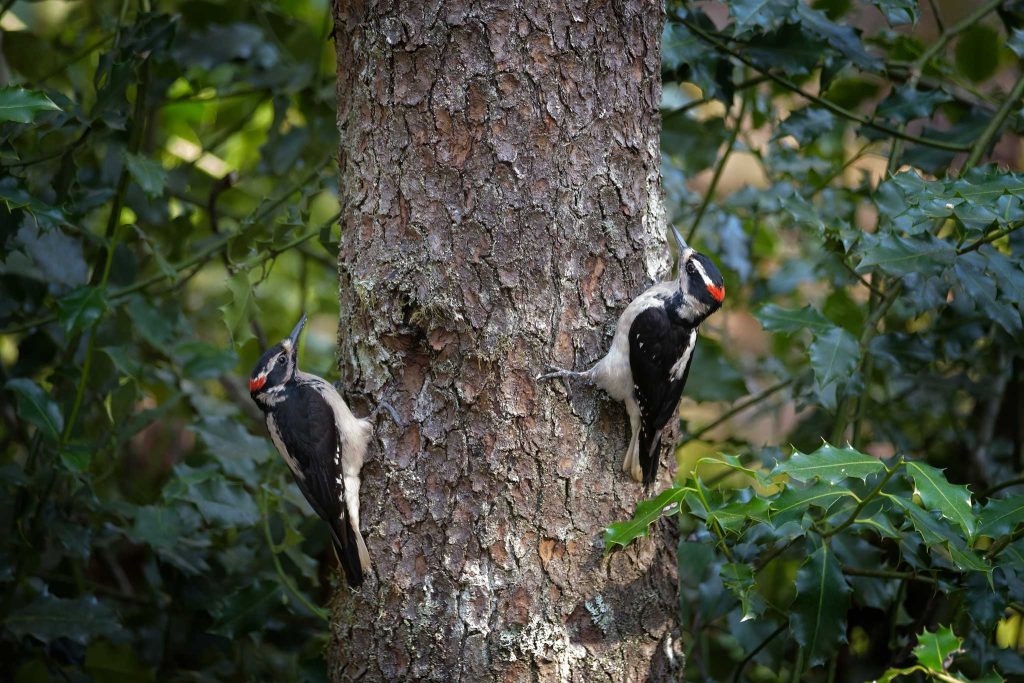
Photographing Backyard Birds
I’m not a birder by any means, but I’ve really come to enjoy bird photography. Sitting on the deck with my Tamron 150-600mm lens attached to my Nikon D850 has become a peaceful, meditative practice.
Even if I don’t recognize a bird, I snap a photo and then look it up online—slowly building my knowledge of the species in my area.
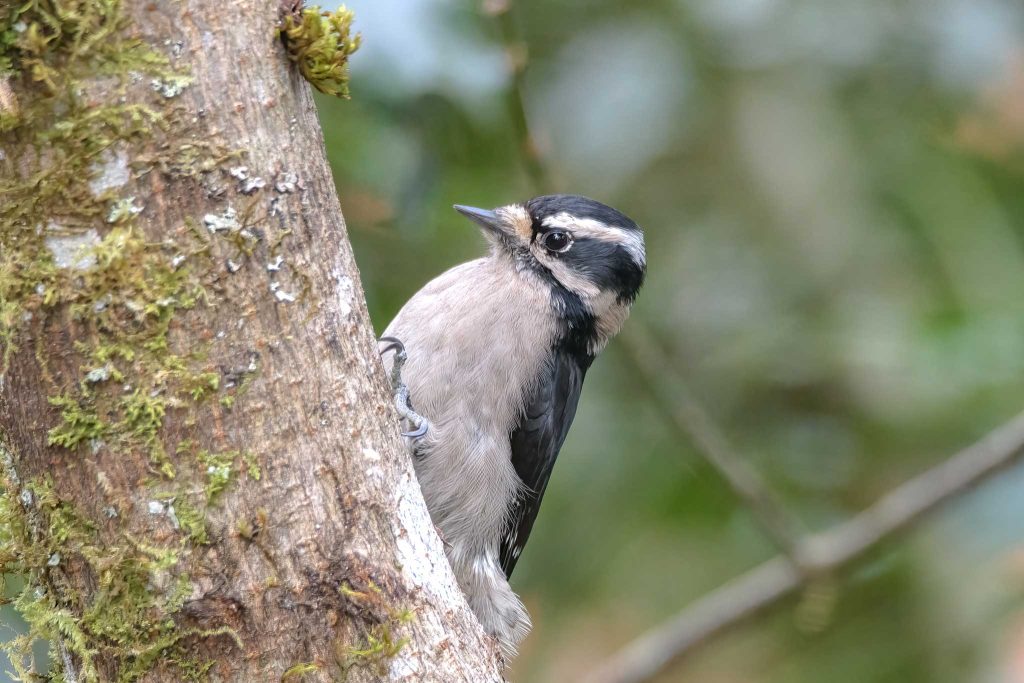
My Bird Photography Setup:
- Lens: Tamron 150-600mm, usually set at 600mm
- Distance: Most birds are about 10 meters away
- Mode: Aperture Priority
- Shutter Speed: Let the camera adjust, but raise ISO to ensure fast enough shutter
- Vibration Reduction: Enabled
- Focus: Movable single-point focus—aim for the bird’s eye
A sharp eye is essential in wildlife photography. Just like portraits of people, a good bird photo begins with sharp, expressive eyes.
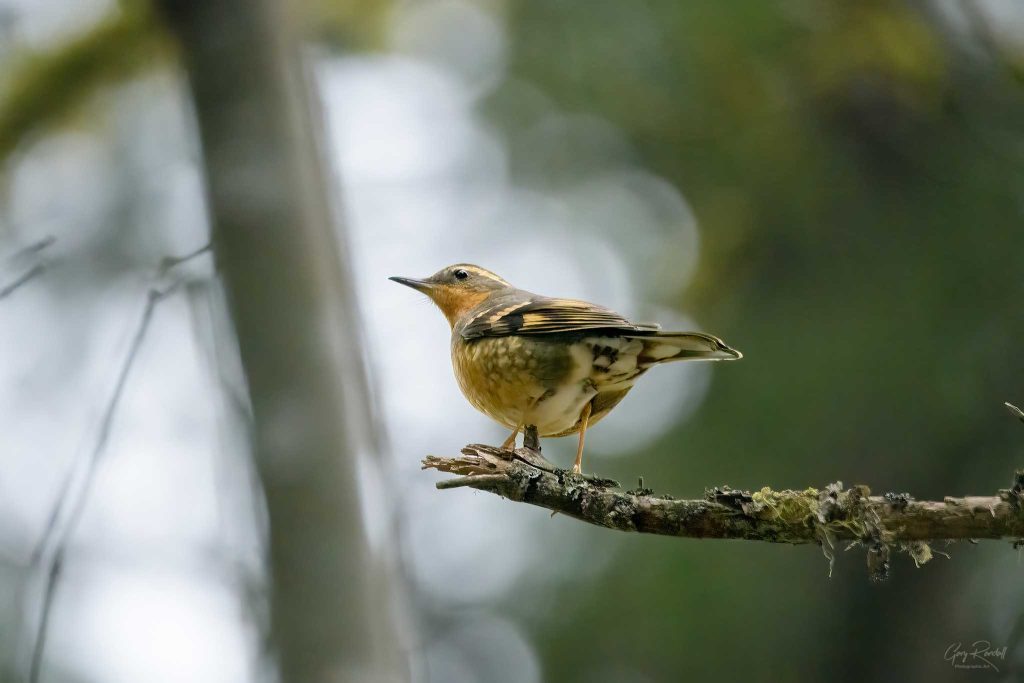
You Don’t Need a Camera to Enjoy Birds
Even if you’re not into photography, you can still enjoy watching birds. They’re easy to overlook, but once you begin to notice them, they become endlessly fascinating.
Here on Mount Hood, our forests are full of bird life. All you need is a little patience. Grab a comfortable chair and a cold drink, sit outside, and take it all in. You might be surprised by what shows up.
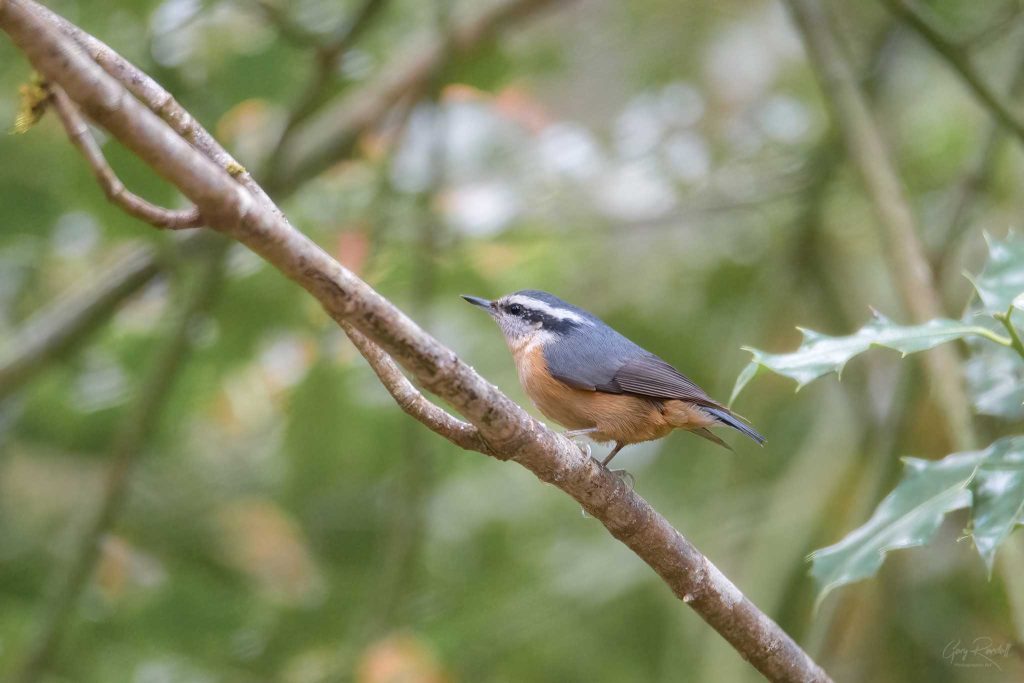
Final Thoughts on Backyard Bird Photography
Whether you’re photographing birds or simply admiring them, take time to appreciate the beauty just outside your door. These feathered friends bring life and song to the forest—and to your day. Click Here to see some hummingbird phots that I made.
👉 Want to see more of my wildlife and landscape photography? Visit my portfolio and blog.
